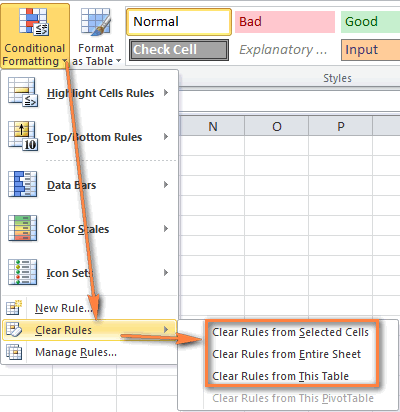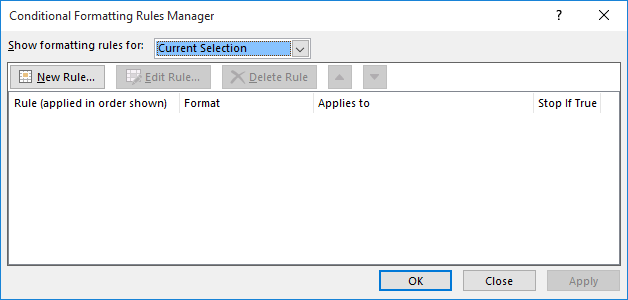

In the next box, type the formula: =C2="Y" In the Font style box, select Bold.Ĭlick OK until the dialog boxes are closed. In the Format Cells dialog box, click the Font tab. On the Format with box, click custom format. The formula uses the TODAY function to see if the dates in column A are greater than today (in the future).

In the next box, type the formula: =A2>TODAY()
/ExcelConditionalFormatting-5c572f3f46e0fb0001820a47.jpg)
Under the Classic box, click to select Format only top or bottom ranked values, and change it to Use a formula to determine which cells to format. On the Home tab, click Conditional Formatting > New Rule. The first rule, in column A, formats future birthdays, and the rule in column C formats cells as soon as “Y” is entered, indicating that the birthday greeting has been sent. In this worksheet, we see the information we want by using conditional formatting, driven by two rules that each contain a formula. Adding your own formula to a conditional formatting rule gives it a power boost to help you do things the built-in rules can’t do.įor example, let’s say you track your dental patients’ birthdays to see whose is coming up and then mark them as having received a Happy Birthday greeting from you. But sometimes the built-in formatting rules don’t go quite far enough. LessĬonditional formatting quickly highlights important information in a spreadsheet. Excel for Microsoft 365 for Mac Excel 2021 for Mac Excel 2019 for Mac Excel 2016 for Mac More.


 0 kommentar(er)
0 kommentar(er)
